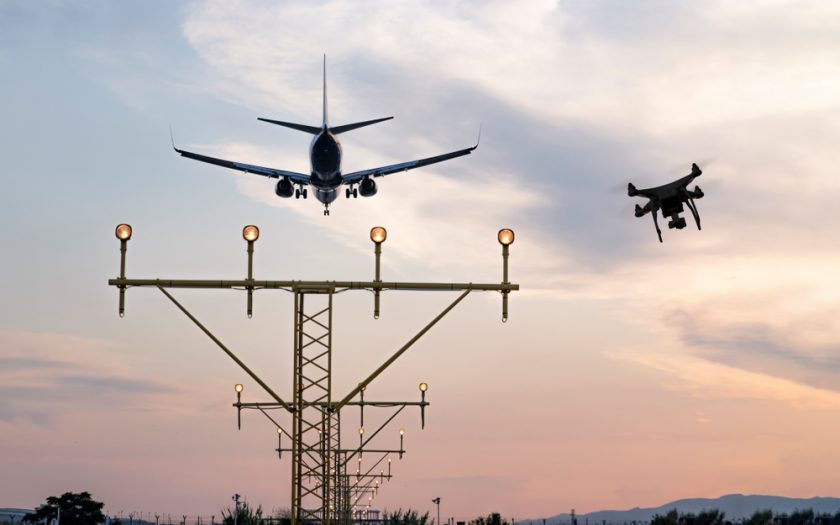The AIAA Journal of Transportation has published insights from analysis conducted by Dominik Janisch, Daan van Aken and Clark Borst about control strategies for unmanned and manned traffic management. The researchers discovered that control strategies exhibited by controllers using dynamic geofences to segregate drones from manned aircraft vary from passive segregation of the airspace to actively vectoring individual drones using geofencing. The results are relevant to development of regulations relating to uncrewed air traffic management (UTM) and U-space services.
An abstract of the article, titled “Ecological Collaborative Interface for Unmanned Aerial Vehicle Traffic Management and Tower Control” is as follows:
“The forecasted increase in unmanned aerial vehicle (UAV) traffic in lower airspace raises concerns for maintaining the safety and efficiency of flight operations near towered airports. Regulatory bodies envision a collaborative interface between UAV traffic management and air traffic management to allow for coordinated operations of both systems. This study identifies the main challenges that such an environment poses for tower control. To address these challenges, an initial design for a collaborative tower control display is introduced. Remote human-in-the-loop simulations with professional air traffic controllers confirmed the usefulness of several interface elements (in particular, UAV priority and routing indications), as well as the utilization of a grid of geofences to dynamically segregate UAVs from manned aircraft. Surprisingly, the control strategy for geofence activation was similar to that of managing manned aircraft from a tower control perspective. Participants also mentioned that they would like more control over UAV traffic than initially expected. Performance could be improved by increasing predictability of UAV routing, adding conflict detection support as well as providing more authority over individual UAV locomotion supported by a tailored geofence structure. Further work is needed to investigate controller behavior in an environment that also requires control over manned traffic.
(Image: Shutterstock)
For more information visit:




